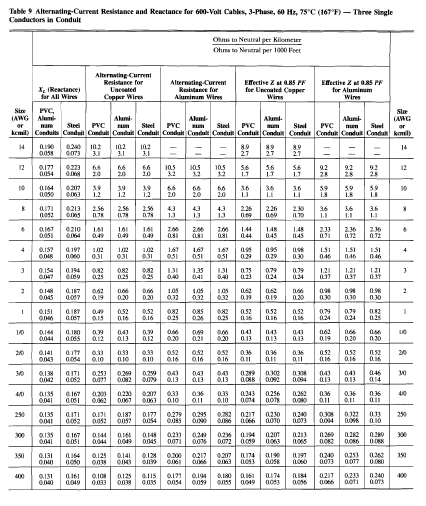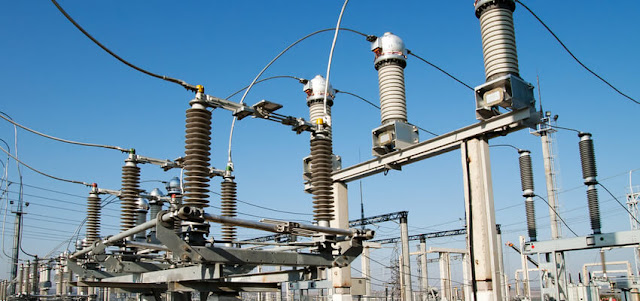 |
Circuit Protection Device
|
It is a standard rule that all electrical installations must be protected against overcurrent or short circuit by means of devices that will operate automatically to prevent injury to persons and livestock and damage to the installation, including the cables. As such, the overcurrent devices must be of adequate breaking capacity and be so constructed that they will interrupt the supply without danger. Also, the cables must be able to carry these overcurrents without damage.
Fault currents
Fault currents arise as a result of a fault in the cables or the equipment. There is a sudden increase in current, perhaps 1O or 20 times the cable rating, the current being limited by the impedance of the supply, the impedance of the cables, the impedance of the fault and the impedance of the return path. The current should be of short duration, as the overcurrent device should operate.
Overload currents
Overload currents do not arise as a result of a fault in the cable or equipment. They arise because the current has been increased by the addition of further load. Overload protection is only required if overloading is possible. It would not be required for a circuit supplying a fixed load, although fault protection would be required.
For example, a circuit load supplying a 7.2 kW shower will not increase unless the shower is replaced, when the adequacy of the circuit must be checked against the new load criteria. A distribution circuit supplying a number of buildings could be overloaded by additional machinery being installed in one of the buildings supplied.
Overload currents are likely to be of the order of 1 .5 to 2 times the rating of the cable, whereas fault currents may be of the order of 10 to 20 times the rating. Overloads of less than 1 .2 to 1 .6 times the device rating are unlikely to result in operation of the device.
British Standard 7671 and IEC 60364 requires that every circuit be designed so that small overloads of long duration are unlikely to occur. It is usual for one device in the circuit to provide both fault protection and overload protection. A common exception is the overcurrent devices to motor circuits, where the overcurrent device at the origin of the circuit provides protection against fault currents and the motor starter will be providing protection against overload.
Selecting protective devices
The type of protective device chosen will depend on a number of factors, including:
- the nature or type of load
- the prospective fault current P1 at that point of the installation
- any existing equipment
- the user of the installation, as a CB is easier to reset than a bolted type HRC fuse.
Breaking capacity
There is a limit to the maximum current that an overcurrent protective device (fuse or circuit breaker) can interrupt. This is called the rated short-circuit capacity or breaking capacity. BS 7671 and IEC 60364 requires the prospective fault current under both short-circuit and earth-fault conditions to be determined at every relevant point of the complete installation. This means that at every point where switchgear is installed, the maximum fault current must be determined to ensure that the switchgear is adequately rated to interrupt the fault currents.
Circuit breakers have two short-circuit capacity ratings.
- Ics = is the value of fault current up to which the device can operate safely and remain suitable and serviceable after the fault.
- Icn = is the value above which the device would not be able to interrupt faults safely . This could lead to the danger of explosion during faults of this magnitude or, even worse, the contacts welding and not interrupting the fault.
Any faults that occur between these two ratings will be interrupted safely but the device will probably require replacement.
circuit breaker, selection of protective devices, fuses, shot circuit, overcurrent, over-current, show to select overcurrent protection devices.



.webp)











Excellent post. I really enjoy reading and also appreciate your work. This concept is a good way to enhance knowledge. Keep sharing this kind of articles, Thank you. 24-hour electricians
ReplyDeleteNo matter the particular problem, recognizing that you need prompt assistance is an excellent start. I recommend you to visit this website to find emergency electrician.
ReplyDeleteElectrical emergencies can happen anytime day or night. Trying to find an electrician to fix your problem fast can be a nightmare. So here at 247 Electric we offer a fast same day emergency electrician
ReplyDeleteservice and can send a fully qualified electrician to your property within an hour of your call.
I am incapable of reading articles online very often, but I’m happy I did today. It is very well written, and your points are well-expressed. I request you warmly, please, don’t ever stop writing. electrician marketing
ReplyDeleteThe development in technology today is very fast. There are so many gadgets that are upgraded every now and then leaving you out of the latest if you do not have the money to catch up. PCBA board
ReplyDeleteExtremely useful information which you have shared here about eaton vfd. This is a great way to enhance knowledge for us, and also helpful for us. Thankful to you for sharing an article like this.
ReplyDeleteI am heartily thankful to you that you have shared important and essential information with us. I got some different kind of knowledge from your webpage, and it is very much important for everyone. Thanks pls visit our website testing and tagging sydney
ReplyDeleteYou completed a number of nice points there. I did a search on the issue and found nearly all people will have the same opinion with your blog. Printed Circuit Board
ReplyDeleteCircuit breakers and fuses are examples of overcurrent protection devices. Overcurrent protection devices are designed to safeguard against the potentially hazardous effects of overcurrents, such as an overload current or a short-circuit current, which generates a fault current. SK Electrical Works
ReplyDeleteExcellent content on this website, kindly visit Managed IT Services Perth
ReplyDelete